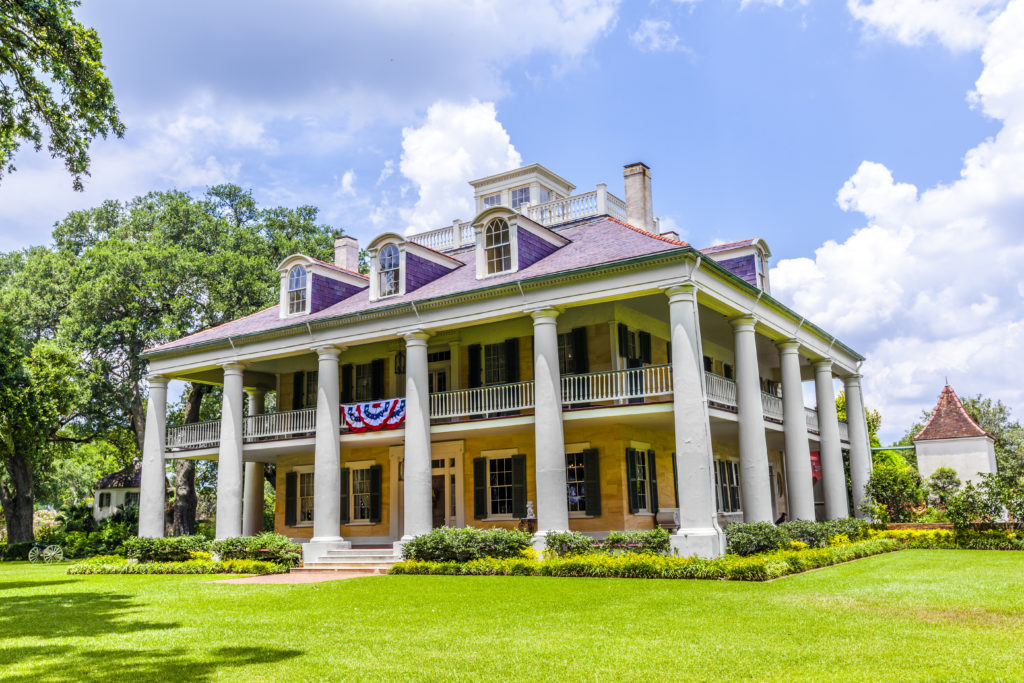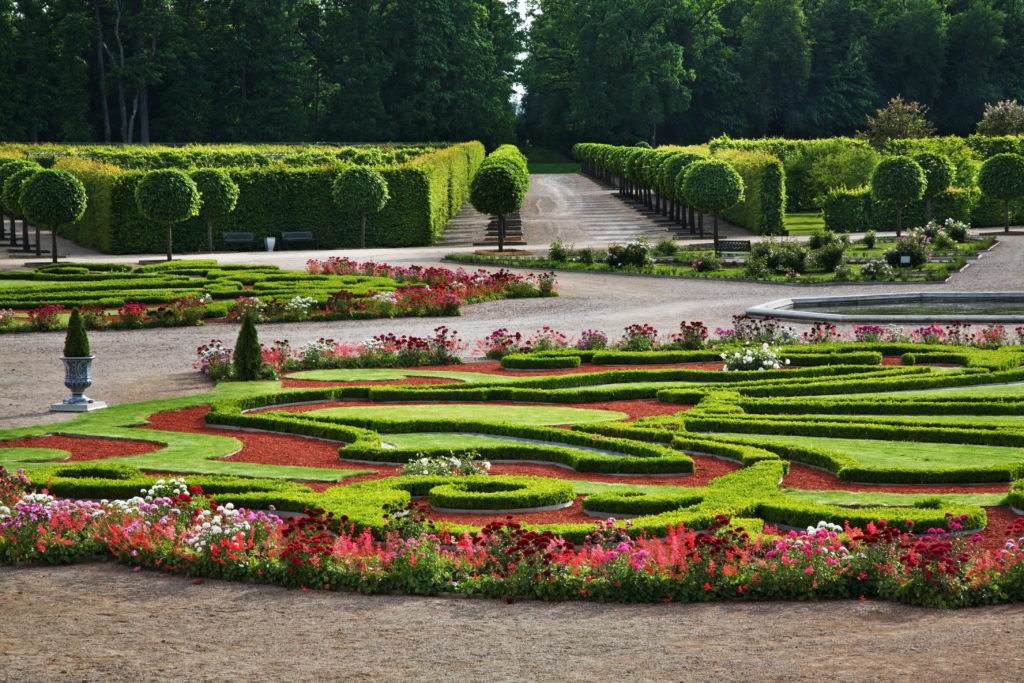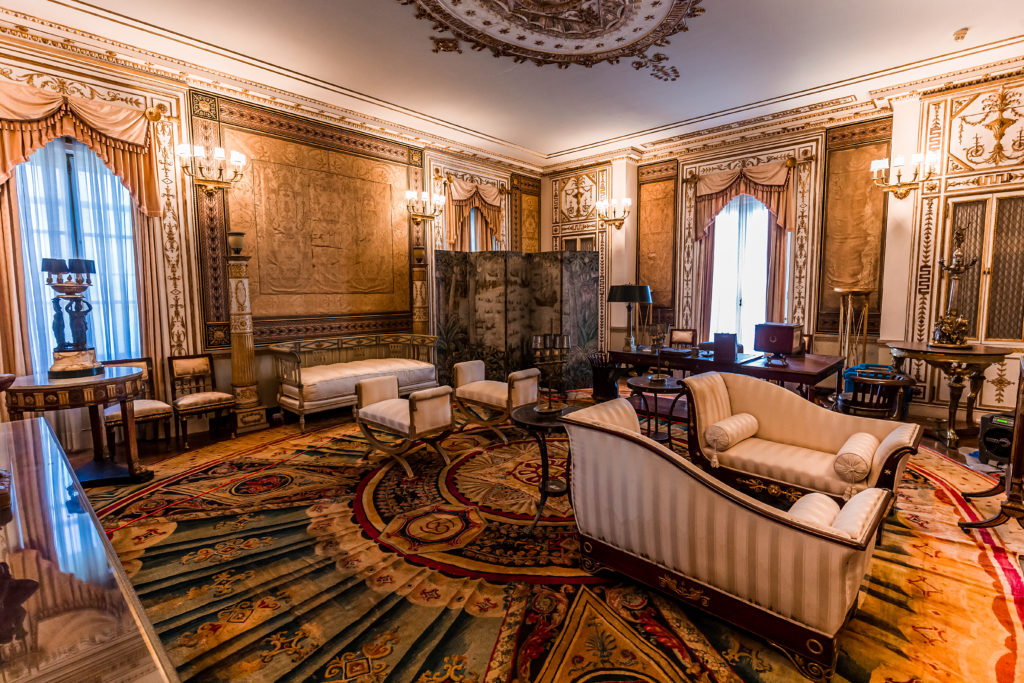Ophélie
Ophélie is the plantation and family seat of the powerful Deschanel family. About an hour from New Orleans, Ophélie sits on the West bank of the great River Road, two miles west of Oak Alley, past Vacherie, along where the Bayou Lafourche forked from the Mississippi River before they built the dam. Except Nottoway, Ophélie is the last great plantation on this long stretch of road leading to Baton Rouge.
The design for Ophélie was strongly influenced by Houmas House Plantation & Gardens, as well as, to a lesser degree, Oak Alley and Nottoway.
History

In 1844, Charles Deschanel emigrated from France to Louisiana with his young wife Brigitte, purchasing thirty acres of land, which was immediately put to use producing successful sugar crops. The plantation was named after their only daughter, Ophélie.
The Civil War erupted barely fifteen years later, disrupting the lives of many Southerners. New Orleans was also captured early, which resulted in less destruction across the region, compared with other areas of the South. Ophélie, and most of the outbuildings, were spared when Charles made a deal with the Union to house an entire company of their army. Charles' brother, a doctor, was also able to offer his invaluable services. Due to their amenability to to the Yankee visitors, most of their valuables were also spared. They remain in the Big House today.
Following the war, the plantation saw only a few decades of its once fertile and plentiful crops. Though the farming ceased, and the slaves were freed, the Deschanels continued to live at Ophélie. Their fortunes shifted from sugar crops, to a boom in shipping and textiles during Reconstruction.
Over the years, many buildings were torn down, and at least half the acreage sold off to various oil refineries. The Big House still remains, as glorious as ever, in addition to a handful of outbuildings which are kept in good repair.
Ophélie was passed down through the men of the family, through each generation, in strict tradition. The current heir and occupant is Nicolas Deschanel.
Description
The Big House, a forty-five room Greek Revival mansion with three floors, sits back an eighth of a mile from the road. Large parterre gardens flank either side of the partially bricked driveway.

Galleries run the entire circumference of the Big House, with two-story columns of Ionic capitals and un-fluted columns. The balconies are adorned with wrought iron lacework imported from Spain, and a belvedere sits atop the roof. Italianate bay windows line the back and left wing of the house.
Although the floorboards were built from cypress, most of the building materials were imported from New England and Europe.

Similar to the other great plantations of the time, the farm was almost completely self-sufficient, with over 200 buildings behind the Big House that kept daily life in the antebellum South smooth and efficient.
Some of these include:
Kitchens
Chapel
Sugar House & Sugar Mill
Plantation Store
Blacksmith Shop
Pigeonniers
Cisterns
Overseer's Cottage
Storage Sheds
Curing Huts
Cemetery
Carriage House
Horse and Livestock Barns
Silversmiths
Slave Cabins
The plantation was one of the few to upgrade to modern innovations such as indoor plumbing, though the original privy house remains intact. An extra wing was added post- Civil war, as well as a garçonierre, for the sons.
The Big House enjoys privacy due to its position off the road, as well as the numerous live oaks, magnolias, and banana trees providing shelter and shade. Charles Deschanel hired a botanist from Italy to construct the ornate garden to the rear of the house, now known as Brigitte's Garden.